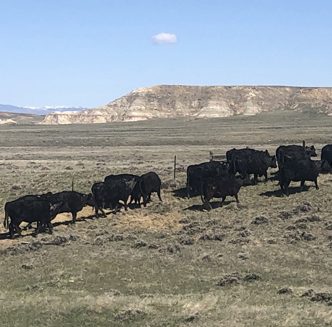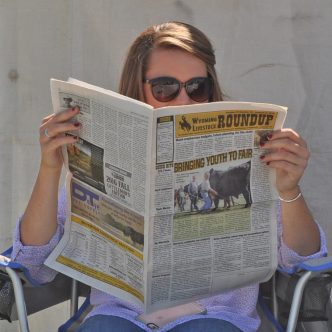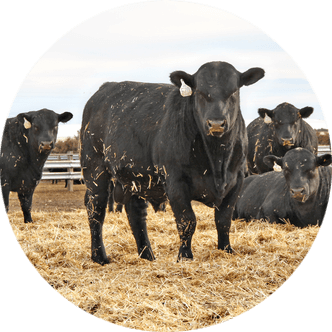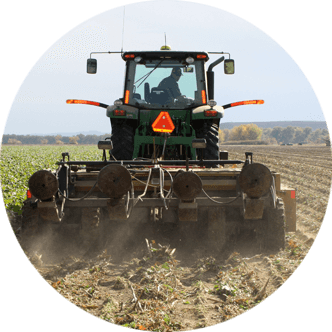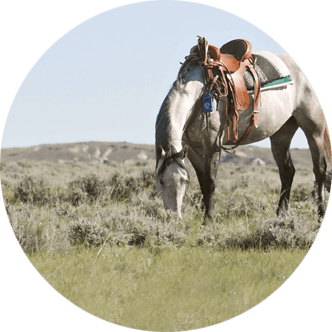Garden cleanup is an essential autumn activity
As leaves begin to fall and the first frost signals autumn’s arrival, gardeners should turn their attention to preparing plots for upcoming cold months.
Making the most of summer harvest and setting up for future success during growing season starts in the fall. Preparing gardens in autumn can help ensure a safe winter for perennial plants, as well as healthy soil and a smooth start to the next planting season.
Harvest time
The first step in fall garden maintenance is to finish harvesting crops. Timing depends on frost conditions and types of crops being harvested.
Soft vegetables like tomatoes, zucchini, peas, beans, winter squash and pumpkins should be harvested early in the fall before frost becomes frequent, according to The Old Farmer’s Almanac, as these plants do not tolerate cold temperatures.
The Old Farmer’s Almanac also notes hardy vegetables like Brussels sprouts, broccoli and spinach can stay in the ground for longer, as well as semi-hardy vegetables like cabbage and cauliflower and root crops like carrots, turnips and beets.
Hardy vegetables can withstand heavy frosts with air temperatures below 28 degrees Fahrenheit, while semi-hardy vegetables can do well within the range of 28 to 32 degrees Fahrenheit.
Canning and preserving vegetables are good options to prevent spoilage and stretch harvest throughout the fall and winter seasons.
Cleaning up
After harvest is complete, it’s essential to clear out and properly dispose of weeds and plant debris. Weeding remains an important gardening operation even after the bed has stopped producing for the season.
By weeding in the fall, gardeners can get a head start on the next cycle and save time and frustration in the long run. The Old Farmer’s Almanac emphasizes even one weed left to mature can produce thousands of seeds which could pose problems the following growing season.
For the same reason, using proper disposal techniques is important. Weeds which have not gone to seed can be dried and composted, but those which have gone to seed should be bagged, sealed and disposed of to keep them from spreading.
After weeding, attention should be turned to annuals, which can be pulled as soon as their life cycle is complete. Proper disposal of old plants is important to reducing pests and diseases which could otherwise take cover in plant residue over the winter.
Crops showing signs of blight and other disease should be bagged and removed from the garden as quickly as possible to prevent the spread of pathogens.
“If infected plant debris is left to linger through the winter, gardens become an overwintering site for disease-causing pathogens like fungal spores,” notes Iowa State University (ISU) Extension and Outreach Consumer Horticulture Specialist Aaron Steil in a Sept. 25 article published by ISU Extension.
“Problems like powdery mildews, rose black spot and tomato early blight can overwinter in dead and decaying leaves and stems, poised to infect plants again with spring and summer rains,” Steil adds.
Providing cover
Covering perennial plants with a layer of mulch can help insulate crops and protect them in the face of cold temperatures. Autumn leaves are a great natural mulch and source of soil nutrition, according to The Old Farmer’s Almanac.
Additionally, fall is a good time to start incorporating organic matter back into the soil in the form of compost to ensure a rich bed for planting come spring. Compost from non-diseased plant debris can be incorporated into soil alongside chopped up leaves to give plots a boost of essential nutrients over the course of the coming months.
Finally, garden tools like tomato cages, trellises, rakes and bean stakes should be stored indoors and kept safe from the elements to prolong use for seasons to come. The Old Farmer’s Almanac recommends spraying these materials with water in order to remove leftover soil, then treating with a two-to-one solution of water and bleach to kill disease.
Grace Skavdahl is the editor of the Wyoming Livestock Roundup. Send comments on this article to roundup@wylr.net.

